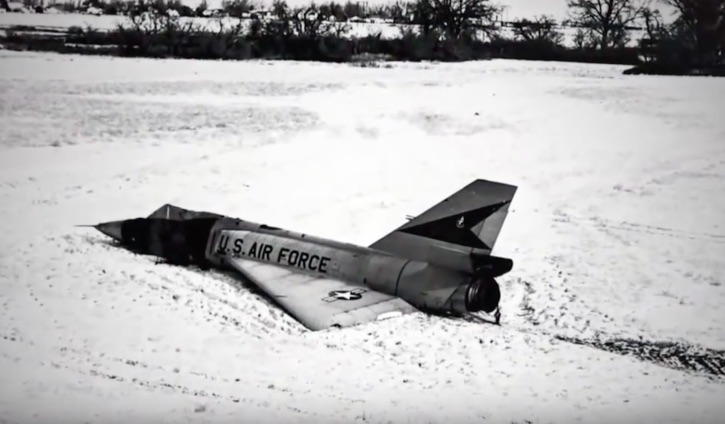
We’re guessing someone lost their job for this one. You are going to watch this 1970s Chevrolet parts film which stars Evel Knivel and makes literally no sense at all. The theme of the film is “conflict” and it is illustrated by a series of scenes where animals eat other animals, black and white movies are shown, and Evel Knievel jumps stuff on his motorcycle, sometimes crashing, sometimes not. Throw in a dose of 1970s Anchoman-level hilarity with a bikini-clad woman, and you have yourself one of the most singular odd things we have ever seen.
Make no mistake, Knievel would never turn down a gig, especially one with Chevrolet that likely was a great payday for reading some cue-cards. The company definitely did not hire him for his suave acting ability because this dude is straight up stiff while narrating the action. By action, we mean the bizarre things we are shown on screen.
Oddly, while Chevrolet parts are mentioned a handful of times there’s barely (if ever) a Chevrolet car shown as a prop in the film. This whole thing is some weirdo theater of the mind that was likely schemed up by an executive’s kid. “Hey Johnson, get my son a job in the media department and let him run wild!”
Obviously, Knievel was majorly famous at this point and his star only grew bigger. Note that he mentions that someday, “I’ll jump a mile….” we all know how that quest ended.
You have to see this one to believe it.
Press play to see the weirdest Chevrolet Parts video ever made, starring Evel Knievel!
[embedded content]
For GREAT deals on a new or used Chevrolet, Buick or GMC in St. Louis check out Laura Chevrolet Buick GMC TODAY!







